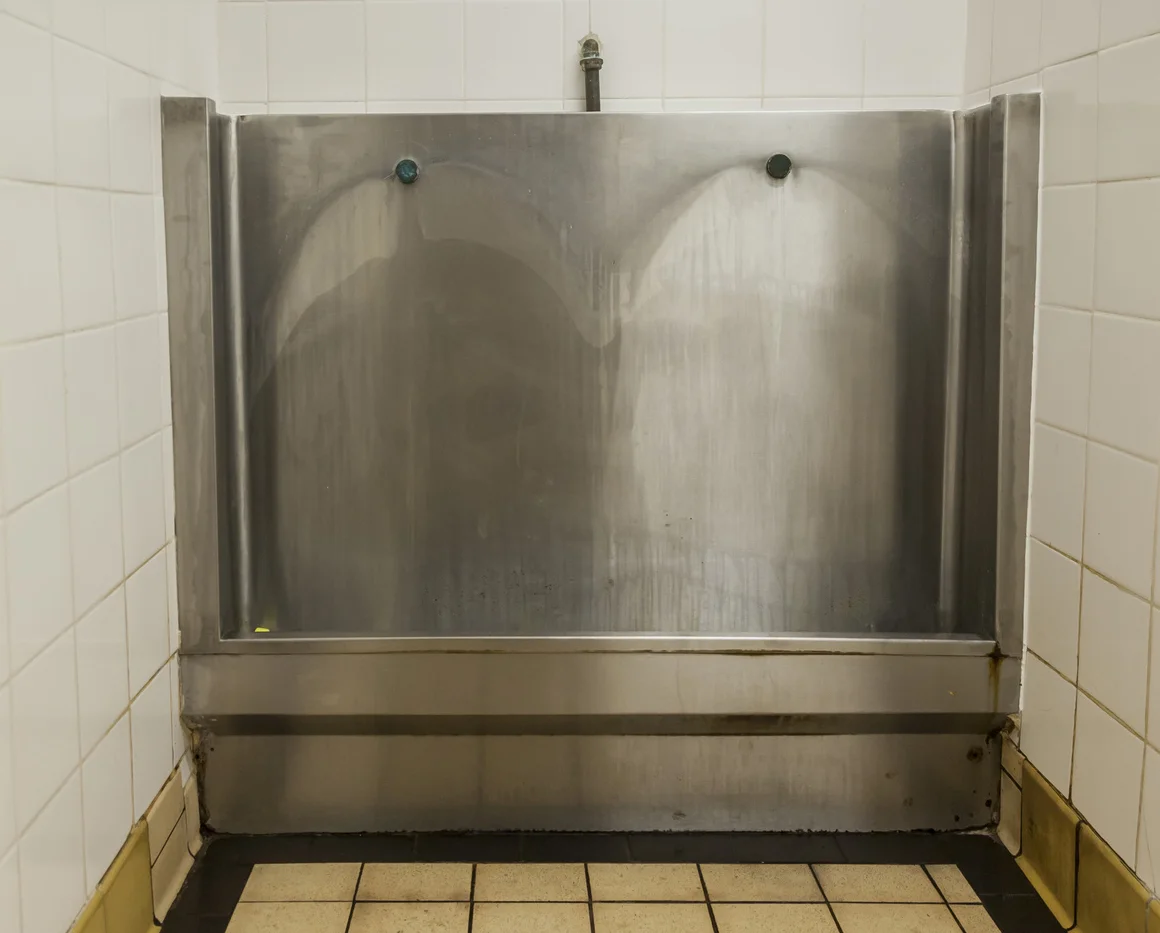Many of us attending a sporting events get so involved in what’s happening on the field, we rarely notice something else: just how much water that field and the entire stadium consumes.
Essential for most outdoor sports events is a green field. During the year, hundreds of thousands of gallons of water are necessary to keep it healthy and green. And according to a study by Cornell University, field managers are taking a significant risk – potentially losing that green field entirely - if they cut back on water consumption more than 50 percent.
But there are many more places where water is consumed in a sports venue then just the playing field. Among these are the following:
• Pools (for swimming, fountains, etc.)
• Water to make ice for ice rinks
• Ice machines for soda
• Water used in foodservice areas
• Showers, toilets, and urinals
The bottom line is that most sports venues just could not operate without water. And yet, virtually every stadium operator is being pressured to reduce water consumption if for no other reason, to save money.
Because water is used in so many places at a sports stadium, in order to save water, most operators start with the low-hanging fruit first. This invariably means the restrooms. They install “off the shelf” products to reduce the amount of water toilets consume and install sensor controlled faucets that, when working properly, can save millions of gallons of water per season.
Some are taking even bigger steps. Because we all know a huge amount of water is used to keep the field green, many are investing in technologies that monitor how dry or moist the field is. When dry, and via wireless technology, these systems can either tell operators the grass needs irrigation, or it will automatically turn on the sprinklers on itself.
While these steps will certainly help, one of the ways stadiums can make a tremendous impact when it comes to reducing water consumption is by getting rid of the “troughs.” This is happening – slowly - with new stadiums and as old ones are renovated.
For the ladies who may not know, a trough is a large area where ten to fifteen men or more can do their business standing, facing a five foot high (or thereabouts) porcelain or stainless steel surface. They were very common in stadiums built before the 1950s but still found in many arenas today.
The problem with many of these is that water is being released continuously to help urine drain. However, we should know that troughs do have their benefits especially in stadiums.
They have been installed for two main reasons:
• They can accommodate a large number of men and boys at a time
• They help guys get back to the game “asap.” No waiting in line to use a toilet or urinal.
But it’s that continuous water running that is taking a toll on water efficiency. They are just no longer a sustainable restroom option. Because many sports facilities are only updated about every twenty to thirty years, when they do make changes, they need them to last and especially today, have a significant positive impact on the environment.
This is why some many of these old and new stadiums – indeed the newest one in the U.S. – are installing waterless urinals. Each urinal can save thousands of gallons of water per season. And because designers realize more men attending a sports event go to the restroom to do a “number 1” instead of a “number 2,” in some cases, they are scaling back on the number of toilets in a restroom and adding more urinals.
This way, a larger number of fellas can do their business at the same time, get back to the game as quickly as possible, and the stadium saves millions of gallons of water to boot.
For more information on ways to reduce water consumption in sports venues and other commercial facilities, contact a Waterless Co representative.











